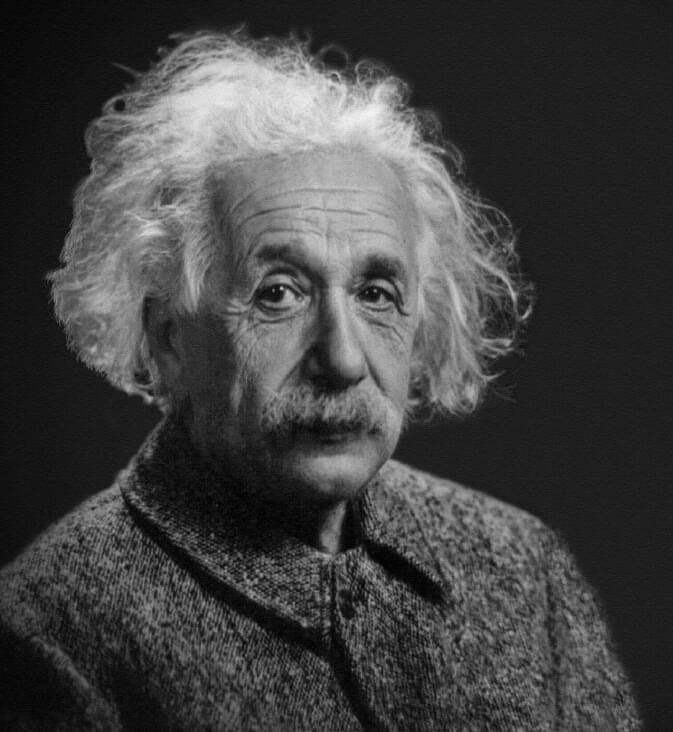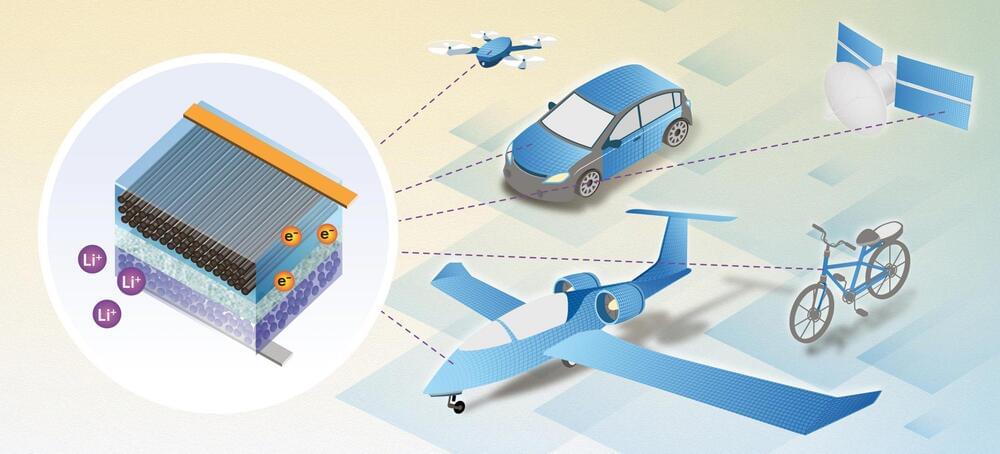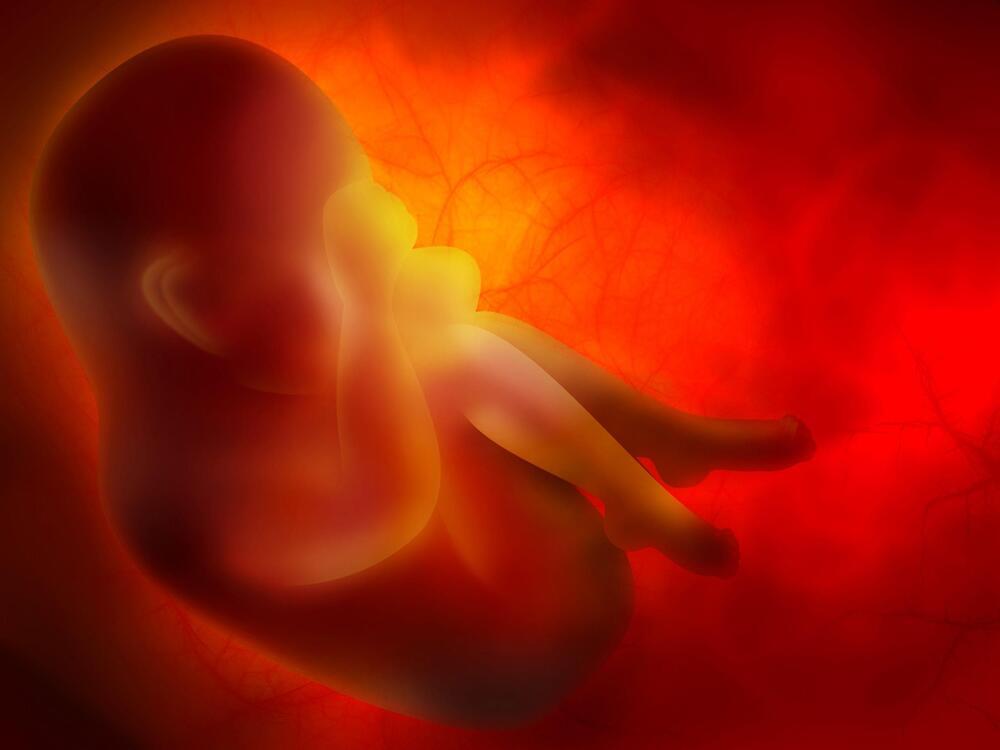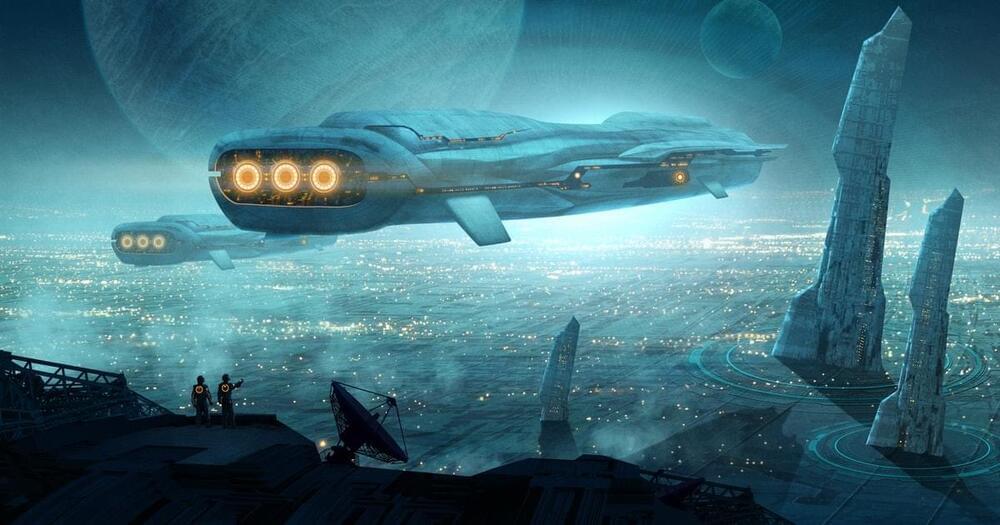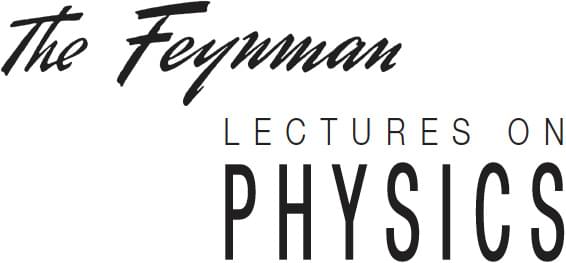Feb 15, 2022
Einstein’s relativity theory passes strict test based on LHAASO observation
Posted by Shubham Ghosh Roy in categories: energy, physics
Researchers from the Institute of High Energy Physics of the Chinese Academy of Sciences examined the validity of the theory of relativity with the highest accuracy in a study entitled “Exploring Lorentz Invariance Violation from Ultrahigh-Energy γRays Observed by LHAASO,” which was published in the latest issue of Physical Review Letters.
According to Einstein’s theory of relativity, the fastest speed of matter in the Universe is the speed of light. Whether that limit is breachable can be tested by examining Lorentz symmetry breaking or Lorentz invariance violation.
“Using the world’s highest energy gamma rays observed by the Large High Altitude Air-shower Observatory (LHAASO), a large-scale cosmic ray experiment in Daocheng, Sichuan province, China, we tested Lorentz symmetry. The result improves the breaking energy scale of Lorentz symmetry by dozens of times compared with the previous best result. This is the most rigorous test of a Lorentz symmetry breaking form, confirming once again the validity of Einstein’s relativistic space-time symmetry,” said Prof. Bi Xiaojun, one of the paper’s corresponding authors. Prof. BI is a scientist at the Institute of High Energy Physics and a member of the LHAASO collaboration.
